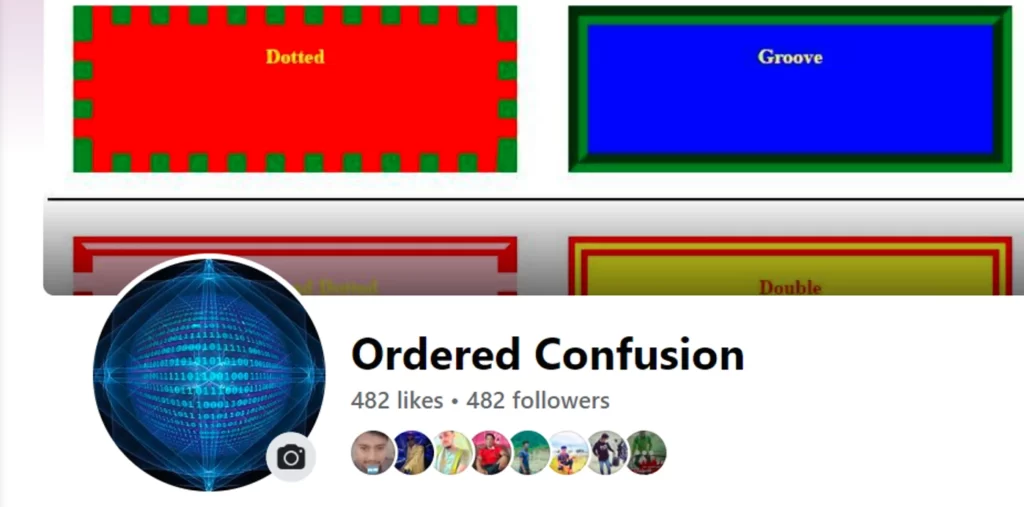Older people seem to repeat themselves a lot. Since I’m now “older”, I often wonder if I’ve already made the same comment about something to my friends. Today I left a comment on a YouTube video, then felt like I’d already made a very similar comment on another video of the same channel. Well, never fear, memory challenged comrades! There’s a way to check out all the comments you’ve made on YouTube videos.
To specifically see comments you have made on YouTube videos, go to this link (you may need to sign into your Google account): Google My Activity Your YouTube Comments
On the main Google My Activity site, you may find your history of website visits, your Google Maps timeline data, and also see comments left on YouTube live chats as well as your likes and dislikes (the thumb up and thumb down buttons on videos that you may have used). This history is available if you haven’t turned off web activity and location history in your Google Account settings.
As for the YouTube comment history, you can get there from within YouTube as well. Let me know if you’d like more info: Contact me.
As for my memory lapses, thankfully I found that I wasn’t making duplicate comments. Not yet, anyway.
Related or Cited Resources:


